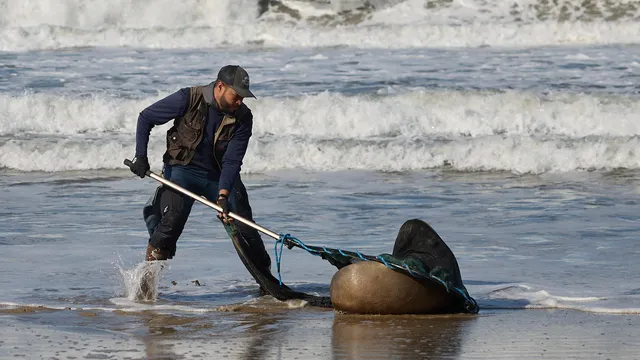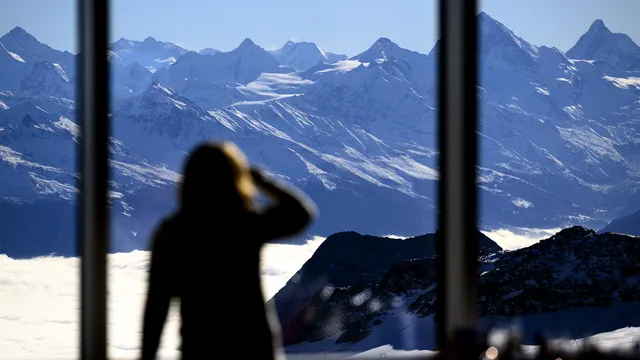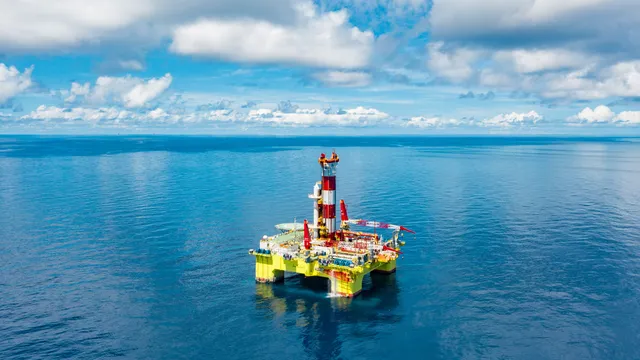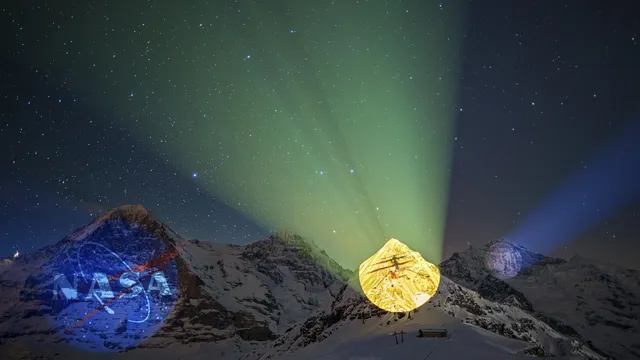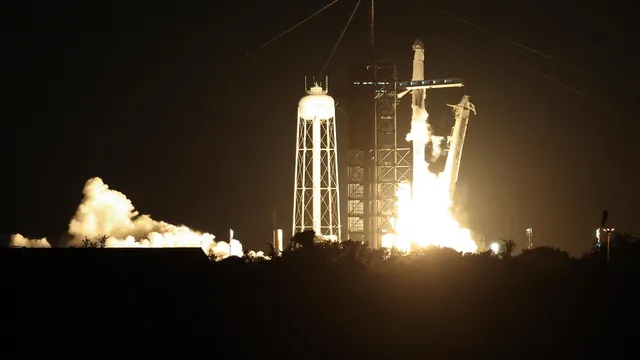Due to a giant eruption of underwater volcanoes in the prehistoric period, the oxygen cycle was disrupted throughout the planet. And the ocean experienced a lack of oxygen for many thousands of years. Today, scientists also see signs of an approaching oxygen starvation in the seas and oceans, but for a different reason, writes Earth.com. 183 million years ago, during the eruption of underwater volcanoes located near modern-day South Africa, more than 20 gigatons of carbon dioxide simultaneously entered the Earth's water and air atmosphere.
This led to an increase in the temperature of the planet, a slowdown in the mixing of the oceans and a change in the chemical composition of the water with a decrease in the level of oxygen in it. Scientists believe that at that time green algae grew in the ocean, which processed the ash, but at the same time increased the lack of oxygen in the water. At the same time, oxygen starvation lasted about 500,000 years, until volcanic activity subsided and the balance of the carbon and oxygen cycles was restored. Numerous limestone deposits on the seabed remained as a memory - these sedimentary deposits were actively formed during this period. Especially many deposits from the period of oxygen starvation are preserved in the Black Sea, the article says.
Professor Francois Tissot from the California Institute of Technology, who studies the seas of the Jurassic period, believes that similar changes in the chemical composition of the water can also occur in the modern ocean.
Marine ecologist Denise Breitburg says that global supplies of oxygen dissolved in water are gradually decreasing. According to his research, they have decreased by 2% since 1960. A study conducted in 2024 shows that the processes of deoxygenation in water are accelerating due to global warming. At this rate, mid-depth zones could lose 20 percent of their oxygen by 2100. This threatens many species of marine animals and plants. Dead zones are already found all over the world. Including, they exist in more than 400 estuaries - areas where rivers and the sea mix. This indicates large-scale changes in the open sea as well.
To stop this, scientists are calling for continued reductions in greenhouse gas emissions and an attempt to slow global warming. They note that satellites, autonomous floats and seabed sensors are already tracking oxygen levels in near real time. And measures like reducing fossil fuel use, protecting ecosystems that store carbon, and limiting nutrient runoff will help slow the loss of oxygen in the oceans. | BGNES

 Breaking news
Breaking news
 Europe
Europe
 Bulgaria
Bulgaria
